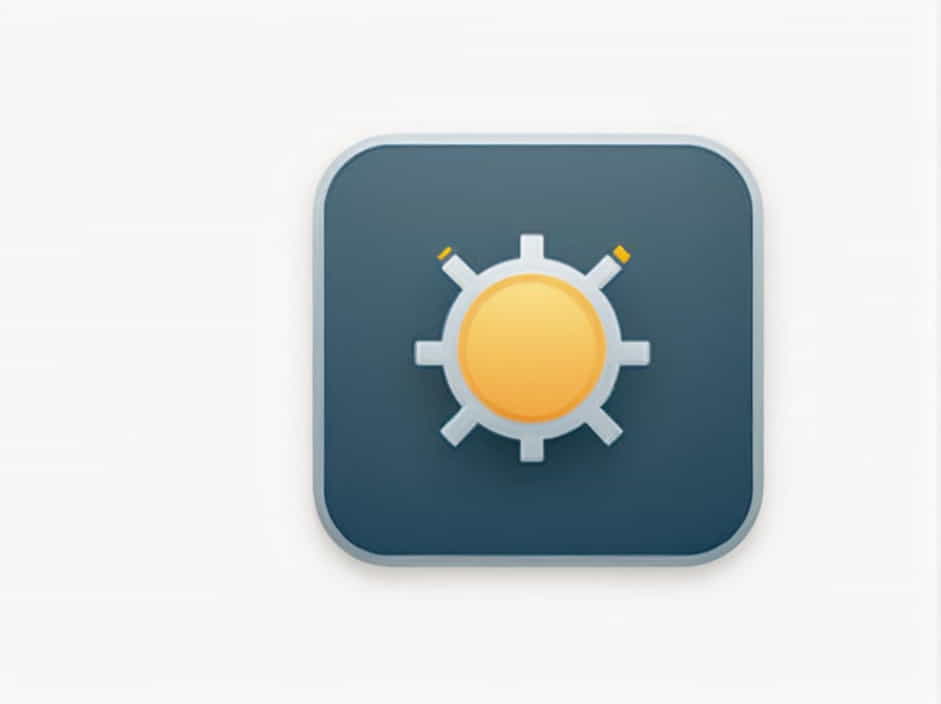The human nervous system relies on electrical signals to communicate between neurons. These signals allow us to think, move, and respond to stimuli. A key concept in this process is the threshold of excitation, which determines when a neuron will fire an action potential.
In this topic, we will explore the threshold of excitation, how it works, its role in neural communication, and why it is essential for brain and body functions.
Understanding the Threshold of Excitation
The threshold of excitation is the minimum level of electrical stimulation required for a neuron to fire an action potential. If the incoming signals reach this threshold, the neuron activates and sends an electrical impulse down its axon. If the threshold is not reached, no signal is sent.
How It Works
- Neurons receive signals through their dendrites.
- These signals can be excitatory (increasing the chance of firing) or inhibitory (reducing the chance of firing).
- If the combined excitatory signals reach the threshold of excitation, the neuron fires an action potential.
- If the signals do not reach the threshold, the neuron remains inactive.
The threshold of excitation typically occurs at around -55 millivolts (mV) in most neurons, but this value can vary slightly depending on the type of neuron.
The Role of the Threshold of Excitation in Neural Communication
1. Ensuring Accurate Signal Transmission
The threshold prevents neurons from firing randomly. Only strong enough stimuli trigger a response, ensuring that the nervous system functions efficiently.
2. Preventing Overstimulation
If neurons fired too easily, the brain would be overloaded with signals, leading to confusion or even neurological disorders. The threshold of excitation helps maintain proper balance.
3. All-or-Nothing Principle
Once the threshold is reached, the neuron fires a full-strength action potential. It does not fire partially—the signal is always the same size, regardless of how strong the stimulus is beyond the threshold.
What Happens When the Threshold Is Reached?
When the threshold of excitation is reached, the following steps occur:
- Depolarization – Sodium (Na⁺) ions rush into the neuron, making the inside more positive.
- Action Potential – The neuron fires an electrical impulse down the axon.
- Repolarization – Potassium (K⁺) ions exit the neuron, restoring its resting state.
- Refractory Period – The neuron temporarily cannot fire again, ensuring signals travel in one direction.
Factors That Influence the Threshold of Excitation
1. Neurotransmitters
Chemical messengers like glutamate (excitatory) and GABA (inhibitory) affect whether a neuron reaches its threshold.
2. Ion Channel Function
The movement of sodium and potassium ions is crucial. If ion channels malfunction, the threshold may change, affecting neural signaling.
3. Drugs and Medications
Certain drugs can lower or raise the threshold, impacting how easily neurons fire. For example:
- Anesthetics increase the threshold, making neurons less likely to fire.
- Caffeine lowers the threshold, making neurons more excitable.
4. Neurological Conditions
- Epilepsy occurs when neurons fire too easily, leading to seizures.
- Multiple sclerosis (MS) can disrupt nerve signals, affecting the threshold of excitation.
Threshold of Excitation in Everyday Life
1. Reflex Actions
Quick responses, like pulling your hand away from a hot surface, rely on neurons reaching their threshold rapidly.
2. Sensory Perception
Your brain filters out weak signals. For example, you don’t feel your clothes all day because those signals don’t reach the threshold.
3. Learning and Memory
Neurons that frequently reach their threshold form stronger connections, helping with learning and memory formation.
The threshold of excitation is a fundamental concept in neuroscience that ensures precise communication between neurons. It prevents unnecessary firing while allowing important signals to pass through. Understanding this process helps us appreciate how the brain controls everything from movement to thought processes.
